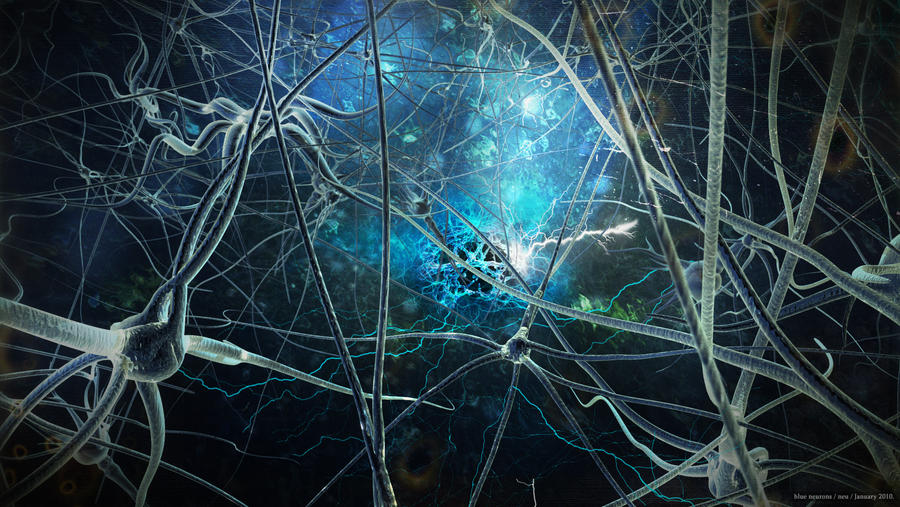Here are ten strange neurological disorders, each with a brief explanation:
- Alien Hand Syndrome: This rare condition causes one hand to act independently, often against the person’s will. Individuals may feel as if their hand is possessed, leading to actions like grabbing objects or striking out without conscious control. It typically occurs after brain surgery or damage to the corpus callosum, which connects the brain’s two hemispheres.
- Capgras Delusion: In this disorder, a person believes that someone close to them, usually a family member, has been replaced by an imposter. This can cause significant emotional distress and confusion. It is often associated with schizophrenia, dementia, or brain injury, affecting the person’s ability to recognize familiar faces.
- Cotard’s Syndrome: Also known as “Walking Corpse Syndrome,” individuals with this disorder believe they are dead or do not exist. They may deny their own body parts or think they are rotting. This condition often accompanies severe depression, psychosis, or neurological issues, leading to profound existential distress.
- Prosopagnosia: Also known as face blindness, this condition impairs the ability to recognize familiar faces, including one’s own reflection. It can be congenital or acquired due to brain injury. People may rely on voice, hairstyle, or clothing to identify others, leading to social challenges and anxiety.
- Fregoli Delusion: In this rare disorder, individuals believe that different people are actually a single person in disguise. This can result in paranoia and delusional thinking, where the sufferer perceives a pervasive presence of this “imposter.” It is often associated with brain injuries or mental health disorders.
- Savant Syndrome: This condition is characterized by extraordinary abilities in a specific area (like music or mathematics) coupled with developmental conditions such as autism. Individuals may exhibit remarkable skills despite severe cognitive limitations in other areas, leading to fascinating cases of talent amidst disability.
- Stendhal Syndrome: Named after the 19th-century author, this syndrome causes physical and emotional symptoms, such as dizziness and rapid heartbeat, when exposed to art. It highlights the overwhelming effect of beauty on the human mind, particularly in individuals with heightened sensitivity to aesthetics.
- Akinetopsia: Also known as motion blindness, individuals with this disorder cannot perceive motion, seeing the world in a series of still images. This can make everyday activities like crossing the street extremely challenging. It often results from damage to the brain areas responsible for processing visual motion.
- Hemispacial Neglect: This disorder occurs when a person is unable to perceive or respond to stimuli on one side of their body or the environment, typically the left side. It often results from right hemisphere brain damage, leading to neglect of the affected side and difficulties with attention.
- Apotemnophilia: Also referred to as body integrity identity disorder, individuals with this condition have a strong desire to amputate healthy limbs, believing they should not be part of their body. This complex disorder raises questions about identity, body image, and the mind-body relationship.
These disorders showcase the complexity and diversity of neurological conditions and their profound impact on individuals’ lives.
